design for neurotransmitters
Architect and artist Olafur Eliasson often plays with perception in his experimental exhibitions to heighten and awaken the viewer’s senses and cognitive attention. At one of his exhibitions, “Your atmospheric color”, Ellison created a sensory experience using colors and fog to manipulate the structure of our immediate surroundings.
The heavy fog weakens our sense of depth and visual field so our other senses like touch and hearing are heightened to help us navigate the foggy space. We become more aware of our surroundings. This heightened sense of awareness leads to mindfulness.
Mindfulness is being in the moment with a purposeful and calm awareness of our surroundings and ourselves. A study published on NCBI in 2013 (Here) measured mindfulness’s effectiveness on psychological health. Mindfulness results in higher life satisfaction, vitality and emotion regulation. Mindfulness positively impacts our mental and physical well-being by balancing critical neurotransmitters of the brain such as Serotonin and Endorphins. Our senses play a significant role in mindfulness.
Nature plays a big part in mindfulness. This connection is executed beautifully in Punta Altares, a small town outside of Puerto Escondido, Oaxaca, Mexico. Everything is carefully planned around nature, from the site, architecture, and interior layout to materials and earthy tonal palettes.
The open connection of these buildings with the surroundings awakens our primary senses such as hearing, smell, sight and touch. We can hear the sound of the rain on the palm and straw roofs. The smell of the rain on natural wood and materials awakens our sense of smell. The greenery of nature we are surrounded by and the hummingbirds in our visual field open our eyes and senses. The open-front cubical structure of the buildings creates an immediate and seamless reach to the surrounding nature.

electromagnetics to neurotransmitters
Chromatherapy is color therapy that uses the visible spectrum of electromagnetics to promote physical and mental well-being. In chromotherapy, the human body is composed of colors. The body exists from colors; it is simulated by colors, and all body functions respond to colors. Each body function has its color and energy vibration. All energy centers and colors work harmoniously to keep our body, mind and well-being in check. In color therapy, disease is thought to be the body’s deviation from this harmonious state. The vibrational techniques of color light therapy aim to balance the body’s energy pattern.
In recent discovery upon many years of research, blue light has been used to treat various physical and mental health issues such as addiction and depression. Red light has been effective in treating cancer cells. Red light therapy is also a big trend in the skin and beauty industry, promoting anti-aging and collagen stimulative capabilities.

nature: sun in zen design
Sunlight has been known for years for both its benefit and its potential hazard to our health. Studies (Here) have shown that natural and artificial bright light can improve mental health for problems such as depression and seasonal affective disorder.
One of the core practices of Japanese Buddhism is mind and body connection. Zen (Chánzong) is a school of Mahayana Buddhism that originated in China around the 12th Century. Nature plays an essential role in Japanese Zen. (Japanese Zen Concept in Design)
The design concept above by bluebeige designs is in a busy city with no immediate access to nature. The interior is protected from noise pollution and the surrounding buildings with a curated bamboo forest on all 4 corners of the house.
Like a forest, the depth of view is manipulated to create a sense of belonging to the immediate surroundings. Mindfulness and being in the moment are emphasized through the strategic positioning of the openings, the simple palette, the unadorned interior layout and the natural light from the opening above the bamboo trees.
The interior “butterfly” layout defines each space to give privacy and a sense of belonging. Yet, the opening hallways bring natural light and create a seamless flow between the interior and the curated forest outside. Any point inside has a direct view of the forest. The floor-to-ceiling sliding doors bring an uninterrupted connection to the curated bamboo forest outside. The indoor and outdoor experiences become one. The entire space becomes an experience for our senses.
hydrotherapy + design: science of water
In natural medicine, water has been used for centuries for its healing and well-being properties. Recent studies have focused on the evidence-based relationship between water and our well-being. These studies show that being around water makes us happier and more satisfied with life. All of our senses respond positively to water. A 2009 study by Blue Gym (Here) showed that “individuals living near the coast are generally healthier and happier than those living inland.”
In his book “Blue Mind”, Wallace Nichols researches water’s positive effects on human body and mind when we are near, in or under safe, clean water. Water can lower stress and anxiety, increase our overall well-being and happiness and even lower heart and breathing rates.
Most of these benefits can also be achieved through regular bathing and showering at home. An article by Grohe explains the positive mental health benefits of hot and cold rain showerheads. Hot showers increase circulation, which loosens up body muscles, while rainshower heads provide even and continuous coverage, which is important. The coverage and the feeling of rain particles at a vertical angle can relax the mind and the body. The consistent water pressure of rain showerheads activates the nerves and sensory receptors, which can calm our nervous system and lead to mindfulness.
resources:
- Azeemi, S. T. Y., & Raza, M. (2005). A Critical Analysis of Chromotherapy and Its Scientific Evolution. Evidence-Based Complementary and Alternative Medicine, 2(4), 481–488. https://doi.org/10.1093/ecam/neh137
benefits-of-rainshower-heads. (n.d.). Retrieved September 8, 2022, from https://www.grohe.us/articles/benefits-of-rainshower-heads - Cimini, M. U. T. (2017, November 13). “Blue Mind”: Why being near the water makes you happy. USA TODAY. Retrieved September 8, 2022, from https://eu.usatoday.com/story/travel/destinations/2017/11/13/blue-mind/857903001/
- Creswell, J. D., Lindsay, E. K., Villalba, D. K., & Chin, B. (2019, April). Mindfulness Training and Physical Health: Mechanisms and Outcomes. Psychosomatic Medicine, 81(3), 224–232. https://doi.org/10.1097/psy.0000000000000675
- Johnson, J. (2019, July 29). What to know about red light therapy. Retrieved September 8, 2022, from https://www.medicalnewstoday.com/articles/325884
- Keng, S. L., Smoski, M. J., & Robins, C. J. (2011, August). Effects of mindfulness on psychological health: A review of empirical studies. Clinical Psychology Review, 31(6), 1041–1056. https://doi.org/10.1016/j.cpr.2011.04.006
- Mead, M. N. (2008, April). Benefits of Sunlight: A Bright Spot for Human Health. Environmental Health Perspectives, 116(4). https://doi.org/10.1289/ehp.116-a160
- Shortsleeve, C. (2017, August 7). Why Being Near Water Really Does Make Us Happier. Condé Nast Traveler. Retrieved September 8, 2022, from https://www.cntraveler.com/story/why-being-near-water-really-does-make-us-happier
- White, M., Pahl, S., Wheeler, B., Fleming, L., & Depledge, M. (2016, January 19). The ‘Blue Gym’: What can blue space do for you and what can you do for blue space? Journal of the Marine Biological Association of the United Kingdom, 96(1), 5–12. https://doi.org/10.1017/s0025315415002209
- Your atmospheric colo. . . ⢠Artwork ⢠Studio Olafur Eliasson. (n.d.). Retrieved September 8, 2022, from https://olafureliasson.net/archive/artwork/WEK100285/your-atmospheric-colour-atlas
subscribe to our newsletter
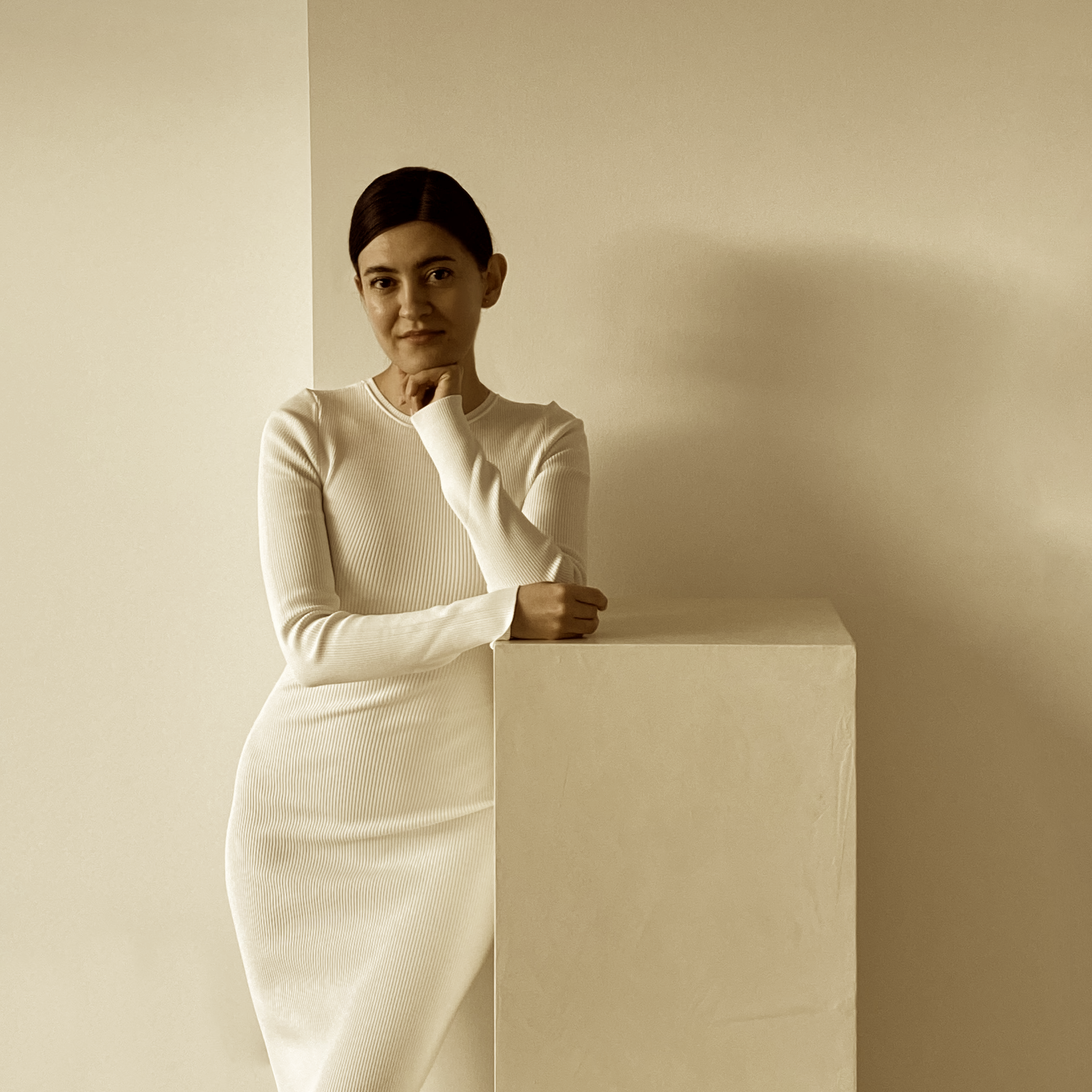
my name is aidin belganeh and i am the founder and chief creative director at bluebeige designs. i graduated with a bba degree in marketing from southern methodist university in 2012. while working in creative marketing and ux design, i realized my passion for architecture and design. i then enrolled at new york school of interior design, nysid, to pursue a career in interior design.
i started bluebeige designs shortly after. bluebeige designs is a design studio focusing on creating beauty through simple plain spaces. bluebeige designs magazine is an extension of our brand to explore interesting topics through the lens of architecture and psychology. our articles are in scholarly writing to explore the connections between science, art, design and architecture.
our articles put a spotlight on topics that can help us understand the world around us or change the way we see or perceive it. each article is carefully curated and referenced through data-based research and studies.


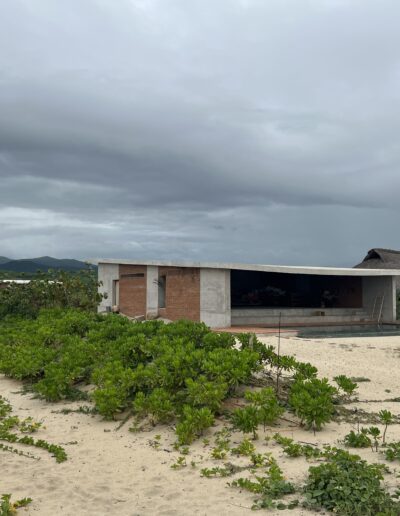
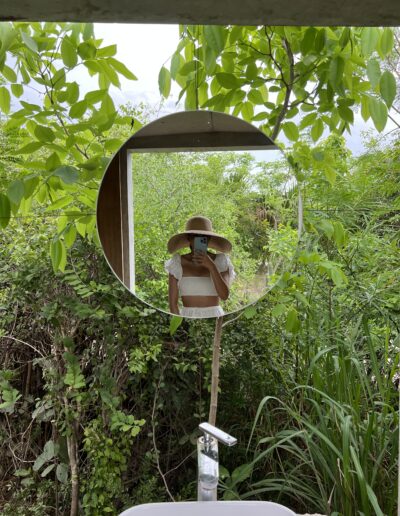
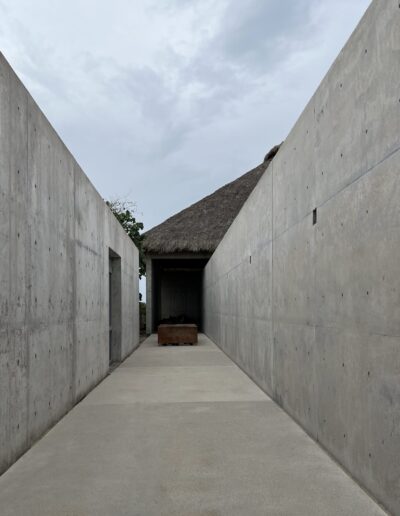
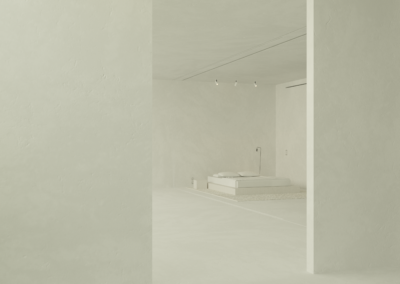
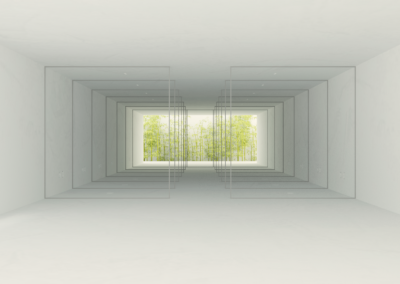
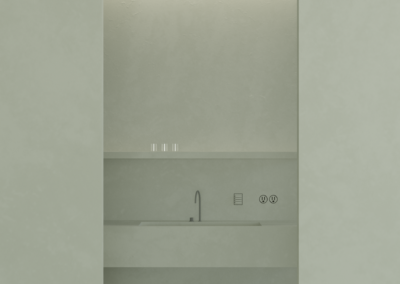
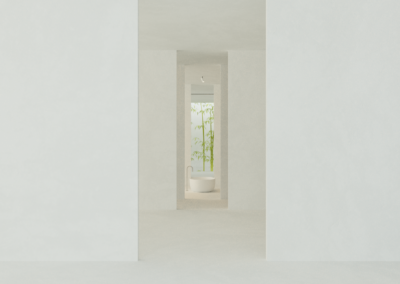
0 Comments